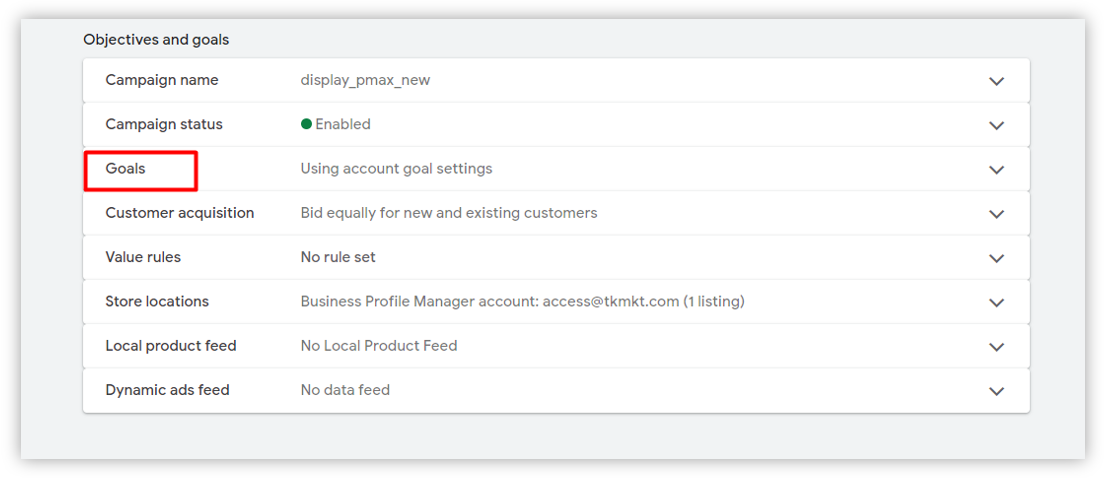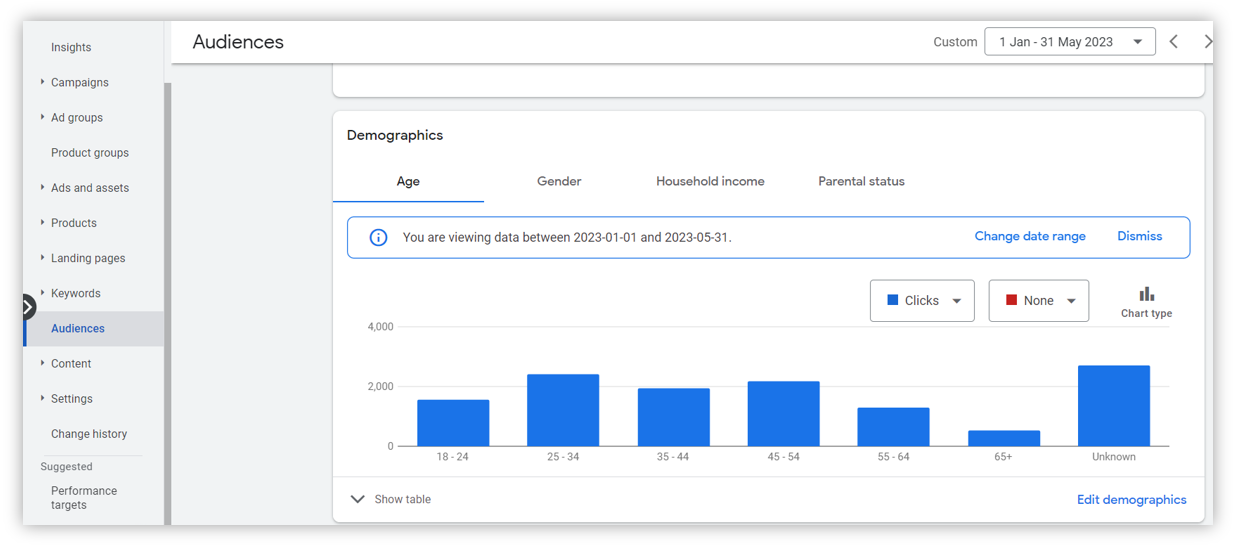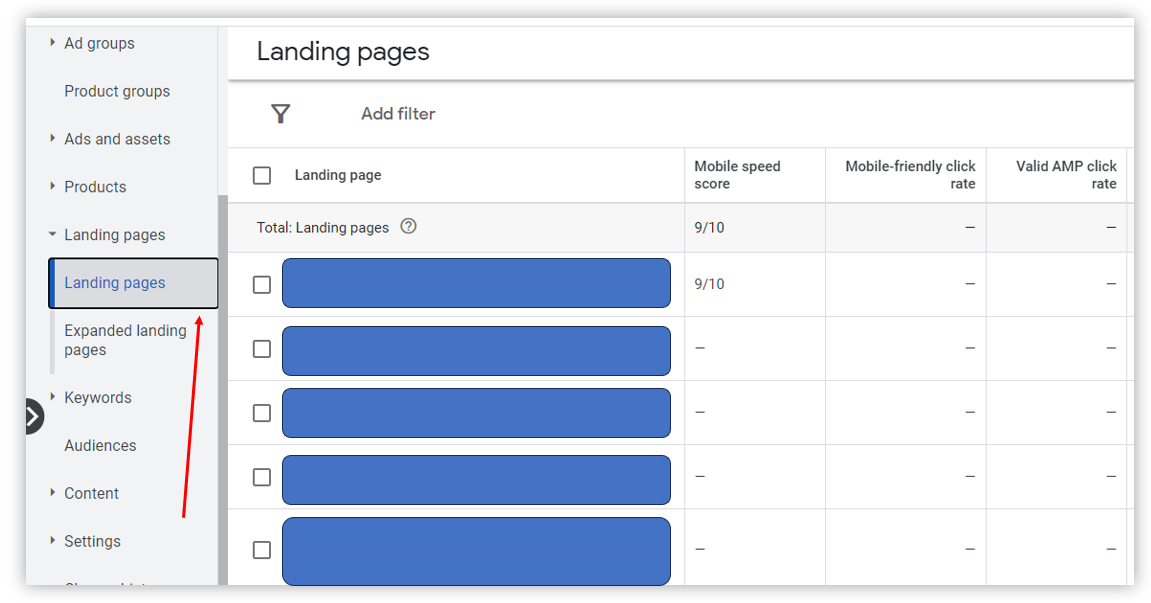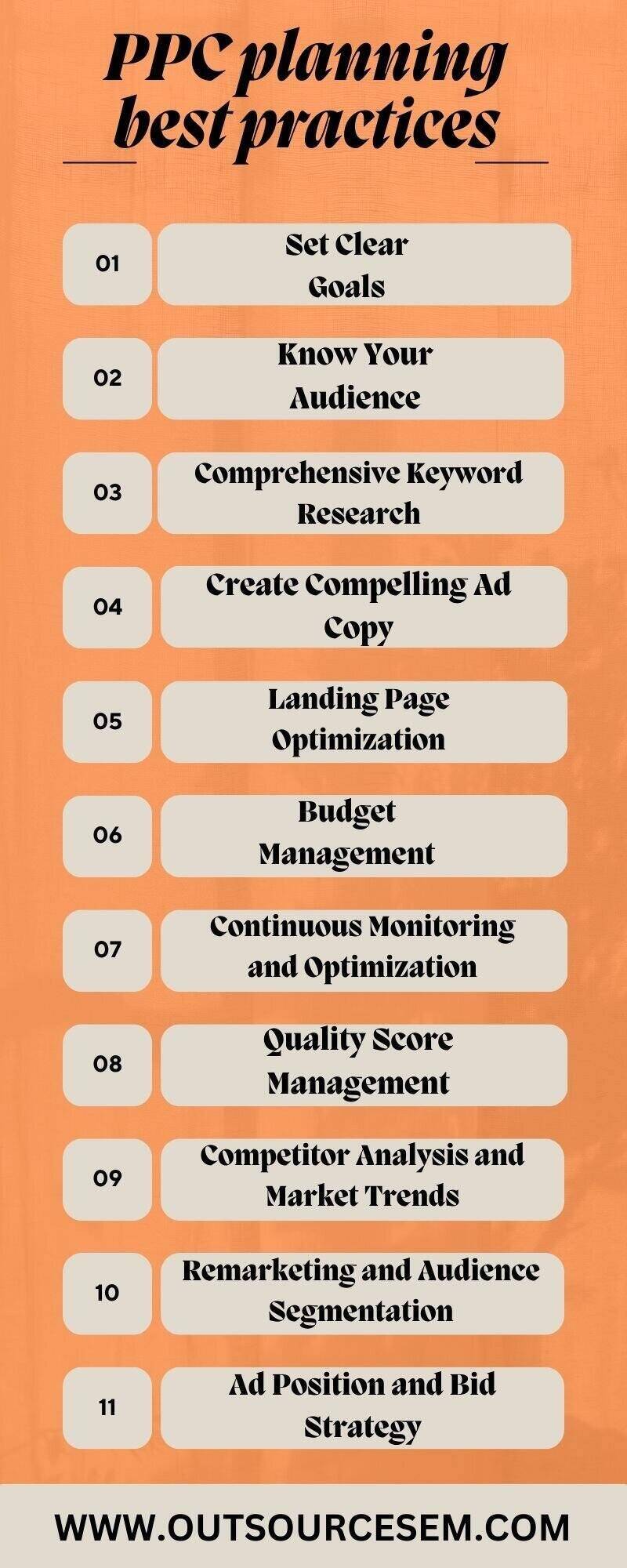Pay-per-click advertising is a highly effective tool for businesses to drive targeted traffic to their website. Running pay-per-click ads on social media platforms like Facebook Ads, LinkedIn Ads, YouTube Ads, Instagram Ads, or e-commerce PPC ads helps to build brand awareness, generate leads and increase sales. However, achieving success with a PPC campaign requires careful planning and execution. Advertisers leverage the power of data in their plans and strategies to achieve their desired advertising goals. You can read our blog on 'Guide to PPC Advertising' to learn more about PPC advertising. In this blog post, we will share some of the best practices for PPC planning that can help you maximize your return on investment and achieve your online marketing goals. So, let's dive in!
PPC planning best practices
1. Set clear goals - For PPC campaigns, it is crucial to set clear and specific objectives. To create a successful PPC strategy, you must define your goals precisely and use them as a compass to guide your digital marketing journey. By doing so, you can achieve your desired results, whether it is to increase website traffic, boost sales, or enhance brand awareness. Your objectives should be well-defined, measurable, and attainable and should serve as the foundation of your campaign to provide a focused direction for your efforts. By keeping your marketing objectives in mind, you can stay on track and accomplish your goals.
Understanding and utilizing key performance indicators (KPIs) is critical in determining the efficiency of any campaign. Metrics like click-through rates (CTR), conversion rates, and return on ad spend (ROAS) provide helpful information about user behavior and campaign performance. Setting measurable goals linked to these KPIs creates a framework for evaluating your progress. Analyzing these numbers on a regular basis allows you to change your strategy, ensuring that your PPC ads remain aligned with your overall goals.

2. Know your audience - Understanding your audience is crucial in the digital landscape and can be a powerful tool in your marketing strategy. Conducting thorough market research can provide valuable insights into your target demographic. By analyzing their demographics, interests, and online behaviors, you can gain a deeper understanding of their preferences and motivations and create highly targeted ads that resonate with potential customers.
Demographic data such as age, gender, location, and income level accurately represent your target audience. Behavioral information such as interests, hobbies, values, and lifestyle choices offer a more detailed image. With this insight, you can adjust your wording and select the most relevant keywords, ensuring that your PPC advertising speaks directly to your audience's wishes and requirements. Engaging personally with your audience creates a powerful emotional effect that increases engagement and conversions. Thorough market research isn't just a first step; it's a continuous process that changes with your audience, allowing your PPC campaigns to adapt and thrive in the ever-changing digital landscape.

3. Keyword research - Effective keyword research is fundamental to the success of any PPC campaign. It involves a meticulous exploration of the digital landscape to uncover keywords that mirror the intents and desires of your target audience. Comprehensive research is not solely about identifying words but also about understanding user intent. Relevant, high-intent keywords related to your products or services are the lifeblood of your campaign, ensuring your ads reach the right audience. By utilizing advanced keyword research tools, you can achieve the perfect balance between search volume, competition, and relevance.
Long-tail keywords, in particular, are often hidden gems. Though they may have a lower search volume, their specificity usually indicates a more motivated and focused audience. These keywords are crucial in attracting a niche demographic with a higher potential for conversion. By incorporating a diverse mix of keywords into your strategy, you can cast a wider net while still honing in on a specific, receptive audience.
.jpg)
4. Create compelling ad copy - Crafting compelling advertising copy is a form of art that extends beyond simple words; it involves creating an emotional bond with your target audience. Your ad copy should be fascinating, convincing, and enriched with unique selling propositions (USPs). It's not just about what you offer; it's about how your products can change your customers' lives. Emphasize the benefits of your products or services, concentrating on how they address the pain points and satisfy the desires of your audience. A compelling call-to-action (CTA) is the driving force that prompts users to take the desired action, whether purchasing, signing up, or contacting your business.
Testing is crucial to improve the performance of your advertisement. Experiment with different ad variants, testing headlines, ad copy, and CTAs. A/B testing allows you to determine what resonates best with your audience. You can continuously refine and optimize your messaging for superior outcomes by analyzing the results and understanding user behavior. This iterative testing and optimization process ensures your ad copy remains compelling, relevant, and highly effective, driving not just clicks but meaningful engagements and conversions.
5. Landing page optimization - A well-optimized landing page is the key to successful PPC campaigns. It serves as the digital storefront where potential customers turn into happy clients. Ensuring that your landing pages align perfectly with your ads is vital. When visitors click on your ad, they expect a seamless experience that matches the promise made in the ad copy. Optimization involves more than just aesthetics; it enhances the user experience. In today's world, where mobile devices are so prevalent, optimizing your website for mobile is essential. Your landing pages must be responsive, providing a consistent experience across different devices.
It's essential to optimize the loading speed of your landing page, as even a one-second delay can significantly decrease user engagement. To create a conversion-focused environment and maximize the impact of your PPC investment, streamline your landing page content to be clear, concise, and compelling. For a successful landing page, present your unique value proposition with captivating visuals and intuitive navigation to guide visitors toward taking action. Aligning your landing page to meet user expectations creates a seamless, user-friendly experience that boosts engagement.

6. Budget management - Managing your budget effectively is crucial for a sustainable PPC strategy. The initial step is to set a realistic budget that aligns with your business goals. It's vital to focus on the total budget and how you distribute it across various campaigns, ad groups, and keywords. Regular monitoring and analysis of your campaign data are necessary to identify the top-performing components that generate the most conversions and the underperforming ones that waste your budget without delivering results. This approach utilizes data to strategically allocate budget to high-performing campaigns and keywords while reducing or pausing those with diminishing returns. By continuously optimizing your budget allocation, you can ensure that every dollar spent contributes meaningfully to your ROI and helps save your ad budget from getting drained on irrelevant clicks. It will help you achieve sustainable and effective PPC management that aligns with your business goals and enables you to maximize your returns.

7. Continuous Monitoring and Optimization - The digital landscape constantly evolves, and PPC campaigns require continuous refinement to stay ahead of the curve. By regularly monitoring and optimizing your campaigns, you can gain valuable insights into user behavior and make data-driven decisions to improve campaign performance. An in-depth analysis of campaign data can help you identify trends, preferences, and areas that need improvement, allowing you to optimize various campaign elements and enhance user engagement.
A/B testing is a key tool in this process, allowing you to experiment with different features and test audience preferences. By continually refining your approach, you can ensure that your campaigns align with evolving user expectations and industry trends. This ongoing cycle of analysis and enhancement ensures that your PPC strategy remains agile and responsive to the ever-changing digital marketing trends.
8. Quality score management - Achieving success in paid search advertising is heavily dependent on the quality score, which is a metric used by search engines like Google to evaluate the ad relevance and quality of your ads, keywords, and landing pages. A high Quality Score not only boosts your ad placement but also lowers your cost per click (CPC). By prioritizing relevance and user experience, you can maintain an exceptional score. It would help if you create ads that are appealing and closely related to the targeted keywords and audience. Additionally, ensure that your landing pages are aligned seamlessly with your ads, providing a coherent user journey. Improving your click-through rates (CTR) is pivotal. Ads that resonate with users and prompt engagement contribute to a positive quality score.
To boost your quality score, prioritize user experience with a user-friendly, intuitive landing page for substantial performance improvements. By focusing on relevance, user experience, and engagement, you can optimize your campaigns for higher performance and establish a strong foundation for sustained success in the competitive PPC landscape.
9. Competitor analysis and market trends - In online advertising, staying ahead of competitors is crucial for PPC success. Regularly analyzing your competitors' PPC strategies can provide valuable insights into what works and doesn't in your industry. Identifying their strengths and weaknesses can help you capitalize on opportunities and address potential threats. Additionally, keeping an eye on emerging market trends, new keywords, and innovative ad formats allows you to adapt quickly. Embracing these trends not only keeps your campaigns fresh but also ensures they resonate with your audience. This proactive approach positions your brand as an industry leader, enhancing your credibility and attracting more clicks and conversions. By leveraging your competitors' insights and capitalizing on market trends, you can create campaigns that are competitive and pioneering, setting new standards within your niche.
10. Remarketing and audience segmentation - Remarketing is a powerful tool for PPC marketing. It allows you to target users who have shown interest in your products or services but have not taken action. By doing so, you can reignite their interest and encourage them to complete the desired action. However, the real power of remarketing lies in audience segmentation. You can personalize your ads effectively by dividing your audience based on their behavior, interests, or demographics. This personalization creates a strong connection with users. It's not just about reminding them of your brand; it's about delivering content that resonates deeply with them. Audience segmentation ensures that your ads feel personalized, engaging, and highly relevant, which leads to increased engagement and conversion rates. By combining the strategic approach of remarketing with the precision of audience segmentation, you can create tailor-made campaigns for each individual, fostering more robust customer relationships and driving unparalleled results.
11. Ad position and bid strategy - The placement of your ad on the search engine results page (SERP) requires a strategic approach. Although aiming for the top position may seem lucrative, it can cost you more than expected. Therefore, it is crucial to consider your bidding strategy. It's not just about securing the top spot, but it's also essential to find the balance between ad position and cost-effectiveness. Analyzing performance metrics such as bounce rates, conversion rates and cost per click (CPC) can provide valuable insights. These metrics help you to identify the best ad position that maximizes your return on investment (ROI). Experimentation is essential, testing various bidding strategies, including manual bidding or automated bidding algorithms, helps to refine your approach. By doing this, you can discover the most efficient bidding strategy for your campaigns. Finding the sweet spot between visibility and cost ensures you use your budget wisely, securing prominent ad placements while maximizing your ROI.
Conclusion
Mastering pay-per-click, including offshore PPC and white-label PPC techniques, is critical for organizations seeking online visibility in the digital environment. Setting clear objectives and understanding your audience's complexities build the foundation for successful campaigns. Your reach is determined by the relationship between ad position and bid strategies while remarketing and audience segmentation increase engagement through personalized experiences. Campaigns reach new heights due to attentive study of market trends and competitor strategies. Offshore PPC offers cost-effective expertise, and availing of white-label PPC services creates strong client connections. In today's digital world, PPC is more than just a tool; it's an evolving force that fosters relationships and conversions. Businesses can navigate the PPC landscape by combining data and new strategies, ensuring long-term relationships and digital success. To have the best results with your planning strategies, you can get in touch with a digital marketing company with expertise in video ads, search ads, mobile ads, etc. and achieve desired advertising goals. By getting in touch with our best PPC agency you can take advantage of various services for your business like plumbing PPC, lawyer PPC, small business PPC, painting PPC, appliance repair PPC and much more. All these services can add value to your business and lead your industry on the path of growth.
References:
. 10 Paid search & PPC planning best practices
. The ultimate guide to PPC marketing

